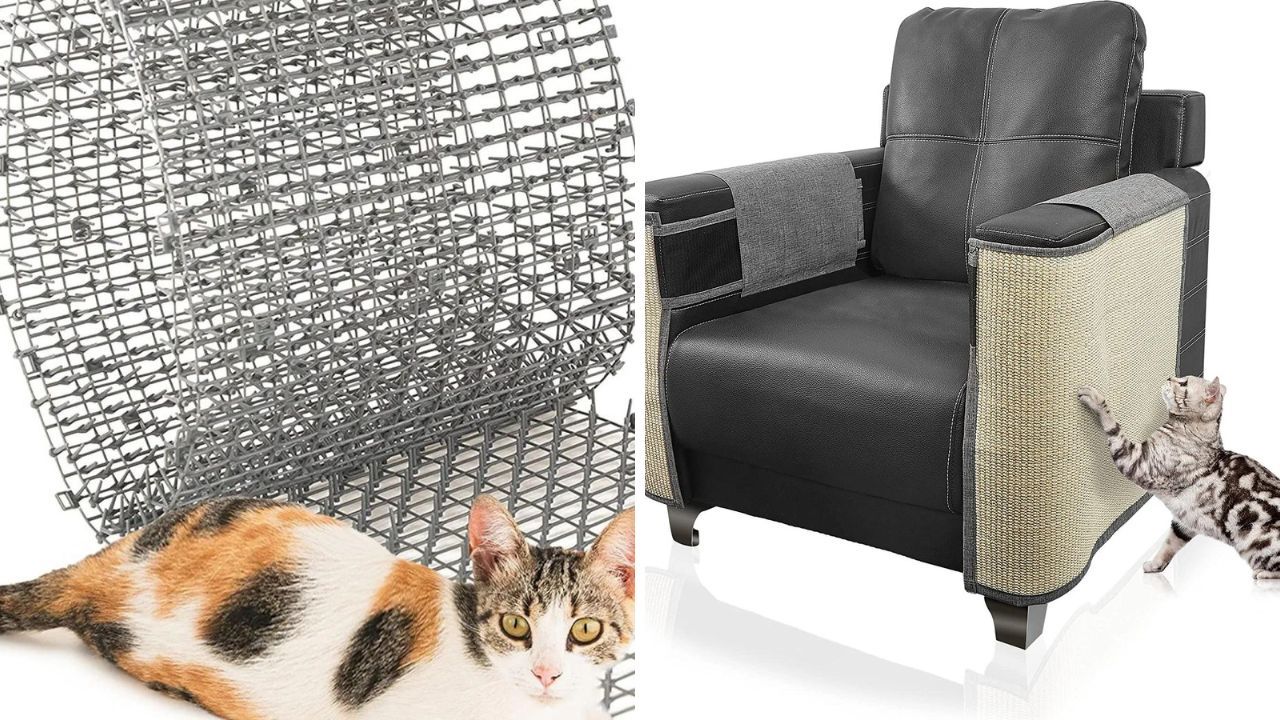The Debate Is On: Is Declawing Your Cat Really as Cruel as You Think?
Read this article to find out if you have to declaw your cat to protect your furniture!

Declawing a cat is often seen as a way to protect furniture or other household items from damage caused by cats scratching. However, what many people don't realize is that declawing a cat can be extremely cruel and cause lasting physical and emotional harm to your beloved pet.
What Exactly Is Declawing?
Declawing is not just cutting off the nails of a cat—it involves surgically removing the last bone of each toe in order to remove the claw from the paw. That means that when an animal is declawed, they are essentially losing parts of their toes. This can be both painful and traumatic for cats—and in many cases can even lead to long-term physical and psychological issues.
The Health Risks Of Declawing
In addition to being a painful procedure, there are also several health risks associated with cat declawing. Cats rely on their claws for balance—so removing them can make walking difficult or even impossible. In addition, since cats use their claws to groom themselves, removing them could potentially lead to future hygiene issues. And due to their weakened paws after surgery, any infection or injury could be more serious than if the claws were still intact.
Declawing Can Cause Behavioral Changes
In addition to physical pain, there can also be emotional and behavioral changes in cats who have been declawed. Cats rely heavily on their front claws for hunting prey in the wild and for self-defense purposes. By taking away these claws, you are removing one of their primary methods of expression which can lead to stress, anxiety, and depression. You may also notice changes in litter box habits as cats struggle to dig with their deformed paws or avoid using the box altogether due to discomfort.
Why It Can Be Necessary
It’s important to note that there are times when cat owners may feel like declawing is necessary—such as when a cat starts scratching furniture or attacking people or other animals in an aggressive manner. In these cases, it may be best for all involved if the cat is declawed in order to protect everyone’s safety (both human and animal). However, before making this decision it’s important to first consult with your veterinarian about other potential solutions—such as trimming your cat’s nails regularly or providing them with scratching posts so they don’t feel compelled to scratch furniture instead.
Alternatives To Declawing Are Available
Thankfully, there are alternative solutions available if you want your cat to maintain its claws without damaging your furniture or other household items. Trimming your cat’s nails on a regular basis is one option; and providing your cat with items like a scratching posts is another alternative. We have also reviewed some additional products on Amazon that can also be alternative solutions to protect your furniture from your cat’s clawing. Click the button below to see what products that we have for you and your loved one!

